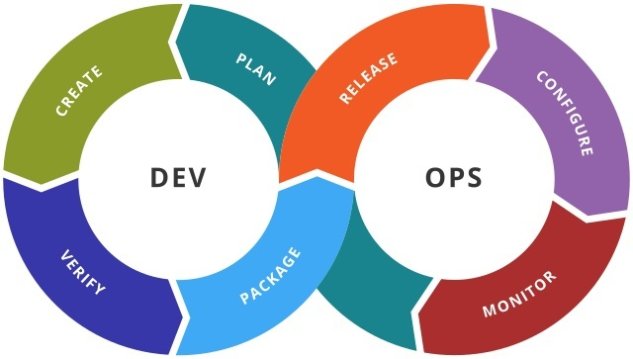Your development team and DevOps administrators need to clearly measure their daily progress. Otherwise, they will not be able to know how the situation is at the moment. DevOps teams that don’t have that kind of data run the risk of simply failing their task. This means not only no service level agreements (SLAs), but also the emergence of various service problems that can compromise business-critical services.
Metrics are critical, especially for DevOps teams who want to perform at their best. However, integrating MTTD, MTTF, MTBF, MTTR, and other service level measurements into an IT infrastructure management company day-to-day operations can be challenging.

It is important to know what data to collect and how to evaluate it. In this way, DevOps professionals can use proven metrics to track individual and team progress over a long period of time.
Fortunately, we’re here to help you choose a data-driven approach to measure service levels and ensure optimal performance. Here are five tips to help you integrate key metrics into the day-to-day operations of your business:
- Set business goals. There is no need to use metrics just for the sake of metrics. Instead, KPIs should support your company and its short- and long-term goals. If you consider your company’s goals and how monitoring specific KPIs can help you achieve them, you can identify the ideal metrics to track on a daily basis.
- Take a data-driven approach to measurement. Key Performance Indicators (KPIs) should provide DevOps teams with data and knowledge they can use to make meaningful business improvements. Thus, all KPIs must be measurable. If you can measure the progress of your DevOps team, you can create realistic goals and identify the best steps to take to reach them.
- Consider qualitative and quantitative KPIs. Qualitative KPIs like user reviews and quantitative KPIs like active users or revenue allow you to monitor the performance of your DevOps team from all angles. In addition, your DevOps team can use this information to plan their day-to-day efforts accordingly.
- Identify trends. Deep data diving allows the DevOps team to find trends. With this information, experts can make informed predictions.
- Use a scorecard. The DevOps KPI scorecard allows the DevOps team to view all relevant metrics at once.
- For DevOps teams that want to get the most out of their metrics, we also recommend setting up an incident monitoring and alerting system. This tool allows DevOps to automatically track incidents and find out why they happen, how their time and resources are being used, and more.
Getting the most out of metrics can be difficult, especially for DevOps solutions company professionals with limited time and resources at their disposal. With an incident management alert system, the DevOps team can simplify incident data collection and reporting. If you build a good incident response system today, you can help your DevOps team generate actionable insights for unparalleled CI/CD performance and efficiency.




